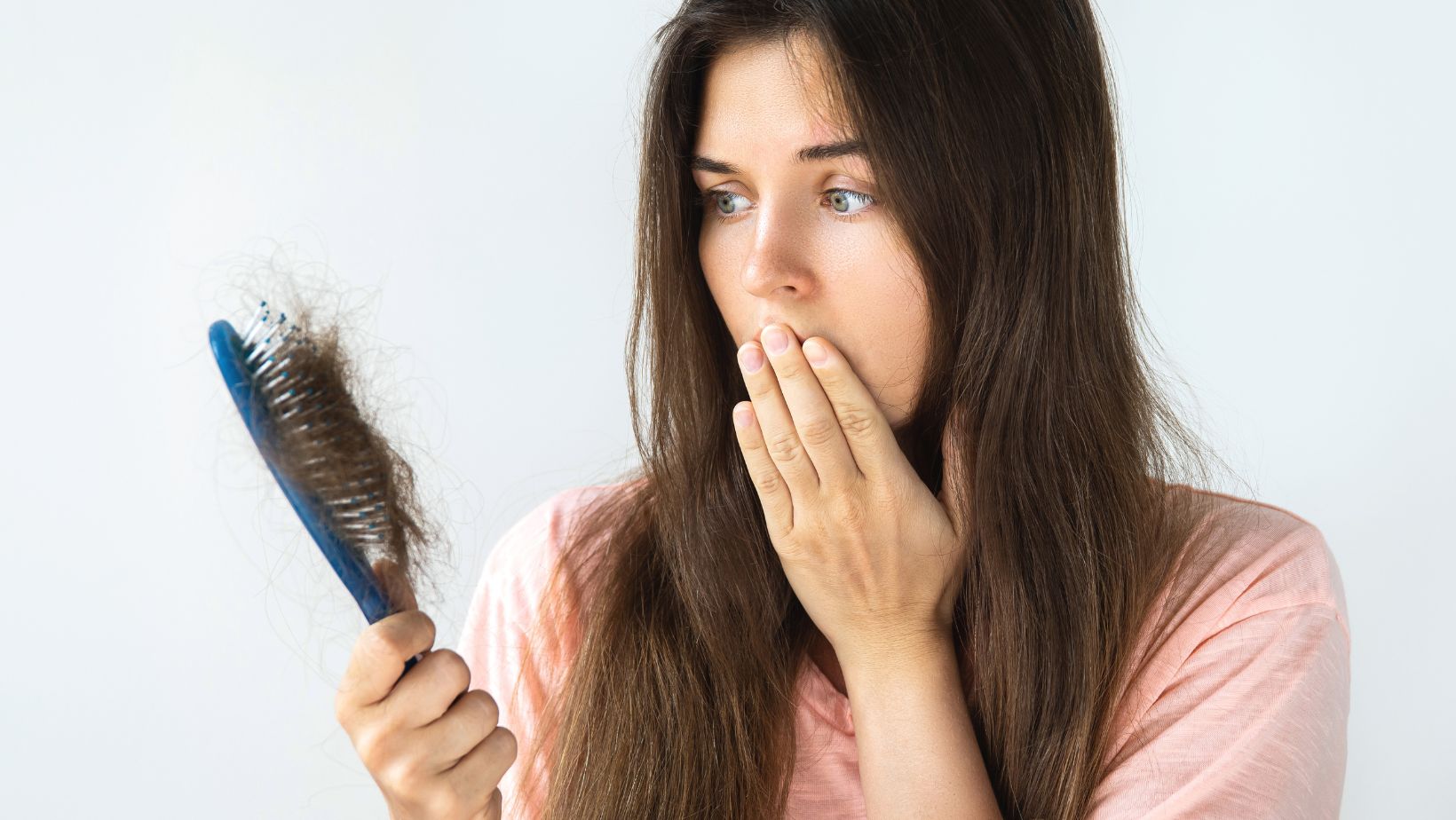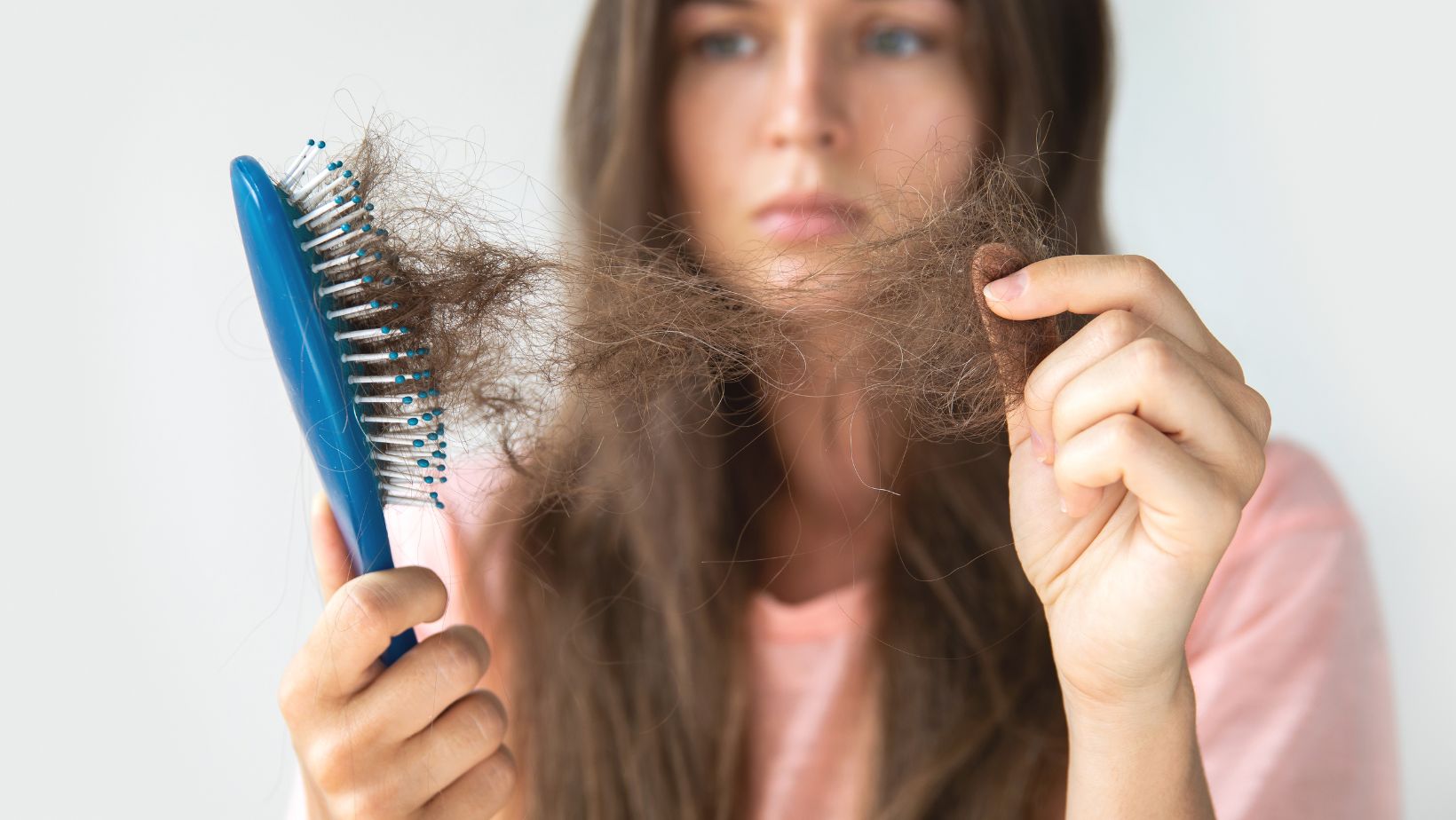
Hair loss is often associated with men, but it’s a common concern for women as well. Understanding the causes and early signs of hair loss is crucial for timely intervention and effective treatment. In this guide, we’ll delve into the various factors contributing to female hair loss, recognize its early indicators, and explore available treatments to address this issue.
Exploring Common Causes
Hair loss in women can stem from a variety of factors, ranging from hormonal fluctuations to lifestyle habits. Hormonal changes, particularly during pregnancy, childbirth, or menopause, can disrupt the hair growth cycle and lead to shedding. Nutritional deficiencies, such as insufficient iron or protein intake, can also impact hair health, causing thinning or brittle strands. Additionally, stress, certain medications, and underlying medical conditions like thyroid disorders or autoimmune diseases can contribute to hair loss.
Identifying Early Signs
Recognizing the early signs of hair loss is essential for prompt intervention. Some common indicators include increased shedding during shampooing or brushing, noticeable thinning of the hair, widening of the hair part, or the appearance of bald patches on the scalp. Pay attention to changes in hair texture, volume, and density, and consult a healthcare professional if you notice persistent or worsening symptoms.
Seeking Professional Advice
If you suspect you’re experiencing hair loss, it’s important to seek professional advice from a dermatologist or trichologist. These specialists can conduct a thorough evaluation to determine the underlying cause of your hair loss and recommend appropriate treatment options. For those specifically looking for hair loss treatment in Singapore, consulting local experts ensures access to tailored solutions suited to the region’s environment and healthcare standards.

They may perform diagnostic tests, such as blood work or scalp evaluations, to assess your hair and overall health before devising a personalized treatment plan.
Exploring Treatment Options
Fortunately, several treatment options are available to address female hair loss and promote hair regrowth, including female pattern baldness treatments. Depending on the underlying cause and severity of the condition, treatments may include topical medications, oral supplements, laser therapy, or platelet-rich plasma (PRP) injections. For pattern baldness, medications like minoxidil and finasteride can help stimulate hair growth and prevent further loss. Additionally, lifestyle modifications, such as adopting a balanced diet, managing stress levels, and practicing good hair care habits, can support overall hair health.
Embracing Self-Care Practices
In addition to medical interventions, incorporating self-care practices into your routine can help support healthy hair growth and minimize further loss. Avoid hairstyles that pull on the hair follicles, minimize heat styling and chemical treatments, and use gentle, sulfate-free hair care products. Protect your hair from sun damage and harsh environmental factors, and consider using scalp massages or essential oils to promote circulation and nourishment.
Seeking Support and Encouragement
Dealing with hair loss can be emotionally challenging, but remember that you’re not alone. Seek support from friends, family, or online communities who can offer empathy, encouragement, and practical advice.

Embrace your journey with self-compassion and patience, and focus on nurturing your overall well-being while addressing your hair loss concerns.
Conclusion
Understanding the causes and early signs of female hair loss is the first step toward effective management and treatment. By recognizing the factors contributing to hair loss and seeking professional guidance, women can take proactive steps to address this issue and restore their confidence and hair health. With a combination of medical interventions, self-care practices, and emotional support, women can navigate their hair loss journey with resilience and optimism.